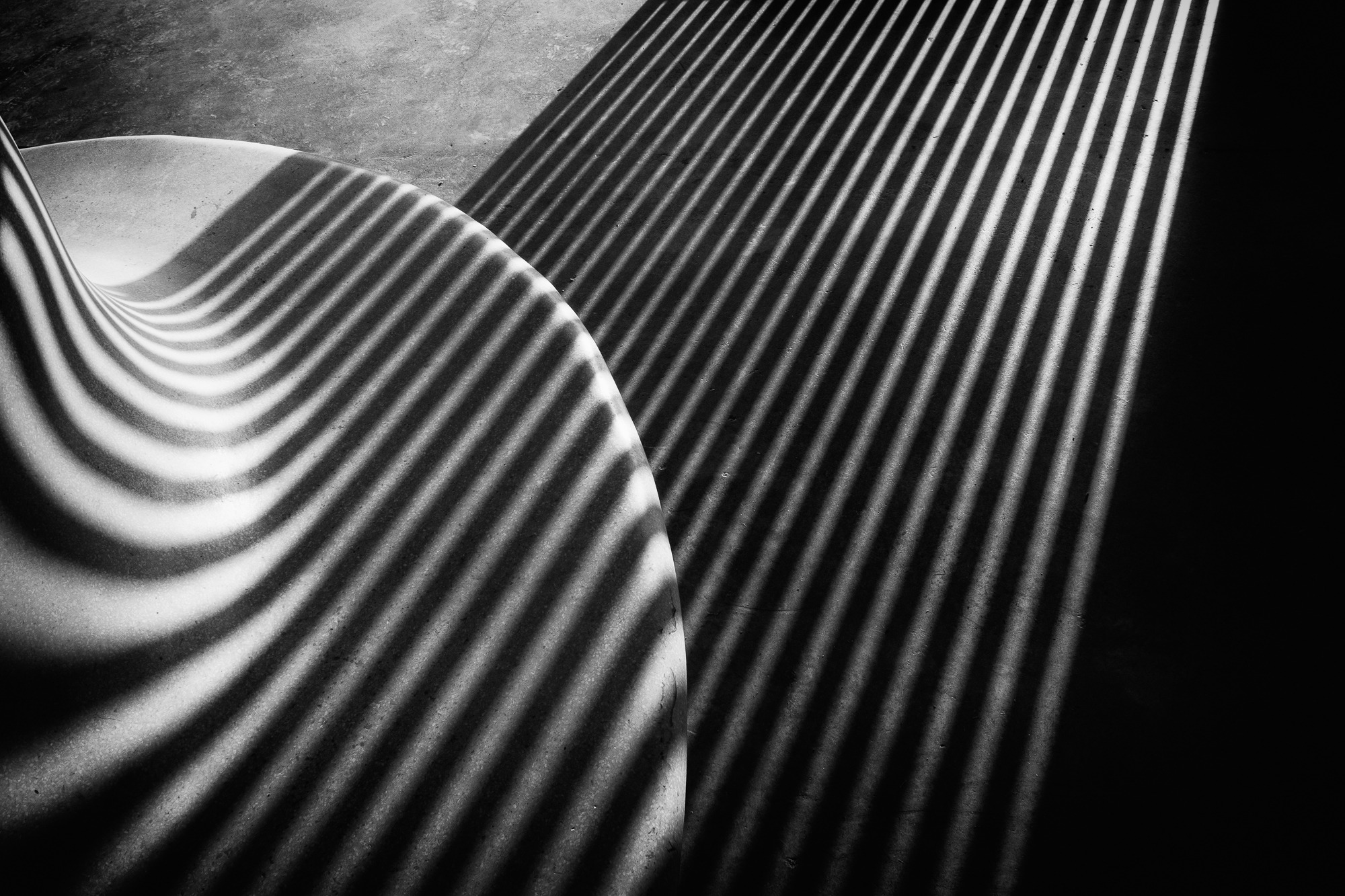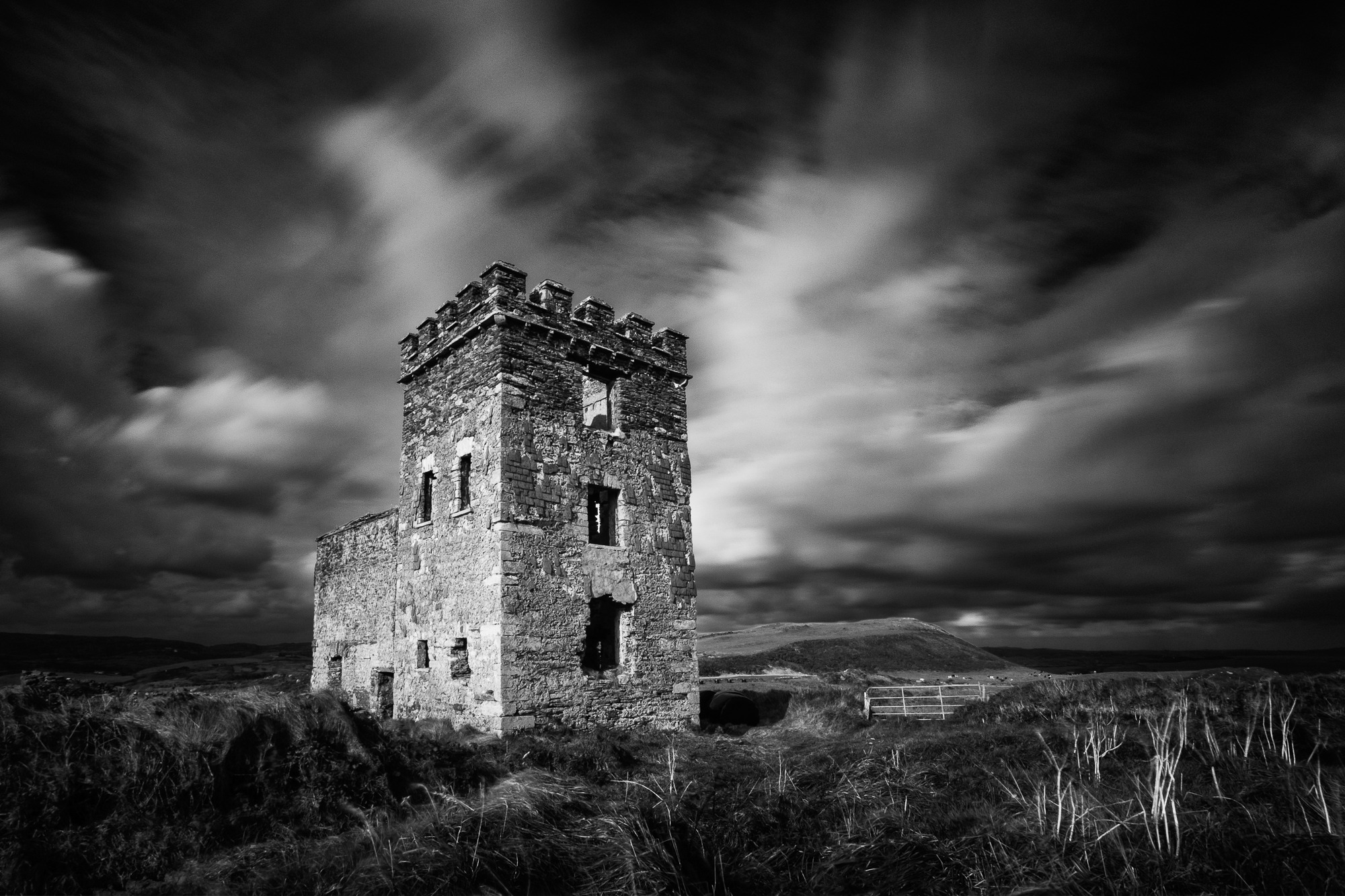The day our big holiday adventure started. Martin and I set off to Ireland to complete the Wild Atlantic Way, 1600 miles (2600 km) long coastal road starting in a picturesque town of Kinsale, County Cork and finishing in Muff, County Donegal, right on the border with Northern Ireland.
On our first day we didn't cover much distance but we ended up in very pleasant Baltimore harbour. The weather was unbelievably beautiful. Late afternoon warm sun was certainly unexpected. Ireland has a bad reputation as far as weather is concerned. That's why it is called the Emerald Island - everything is so fresh and green because it rains so much.
Out of all the views we had on the day, this simple abstract caught my eye most. I was just walking past a bus stop when I noticed the interesting shapes created by the late afternoon shadows. I knew that was the picture of the day. Not a big view, not a landscape, but for some reason it seemed to me quite intriguing.
Ireland’s Napoleonic-era signal towers were central players in an early-19th-century communication system implemented in response to the threat of a French invasion. Sited in remote coastal locations, most of these lone, grey signal towers were constructed, furnished and staffed between 1804 and 1806.
The towers were a defensible quarters for the signal crew, which normally comprised a naval lieutenant, a midshipman, two signalmen and a military guard (usually eight to 12 men). They were of broadly similar construction: square, two storeys, flat roof with parapet, main door at first-floor level (accessed by a ladder) and fireplaces. Unlike their burly bigger brothers the Martellos, the signal towers were not designed to hold heavy artillery.
The signalling system, referred to as an optical telegraph, required that each signal station be visible to its counterparts on either side. Sending a message involved raising and lowering a large rectangular flag, a smaller blue pendant and four black balls in various combinations along a system centred on a tall wooden mast. The stations also communicated with ships. If all of 81 stations proposed in the 1804-6 plans were operating simultaneously (some accounts suggest this was never the case), a signal could travel 1,076km around the coast of Ireland. Its average journey between stations was 13.5 km. The shortest trip was between Brow Head and Mizen Head, at 3.8km; the longest was between Ballydavid and Kerry Head, at 36.9km. Low cloud and sea fog, phenomena all too familiar on the Irish coast, were very real threats to the effectiveness of the system.
The threat of invasion was significantly diminished following Napoleon’s defeat at Waterloo in 1815. Maintenance of the structures was costly, and many were abandoned. Some towers have been restored and become part of modern residences. Many of the original stations are on the Ordnance Survey’s first-edition maps, compiled about 30 years after they were built. These note a large number as being in ruins; some have completely disappeared.
This one was the first signal tower we saw on our trip. It is located on the headland called Toe Head. The drive to it is a little bit tricky, especially when you realise that some of the signs were removed, so you are endlessly driving along single track roads with grass in the middle until you finally find the right one. However it is well worth the effort. It is very well preserved and you can get to it up close and personal, so it gives you an idea how a typical signal tower was built. Not to mention the views from the surrounding areas are breathtaking.
"All that way for a diddly-squat", said Martin when we arrived at our next destination on the Wild Atlantic Way. We tried to be very thorough and tried to drive to all the locations marked on the official route map. Soon we learnt that there were many "diddly-squats" on the way. But that didn't stop us from exploring every nook and cranny. Because what if the next one was the one not to be missed? You never know, so the road kept us tempting and wondering.
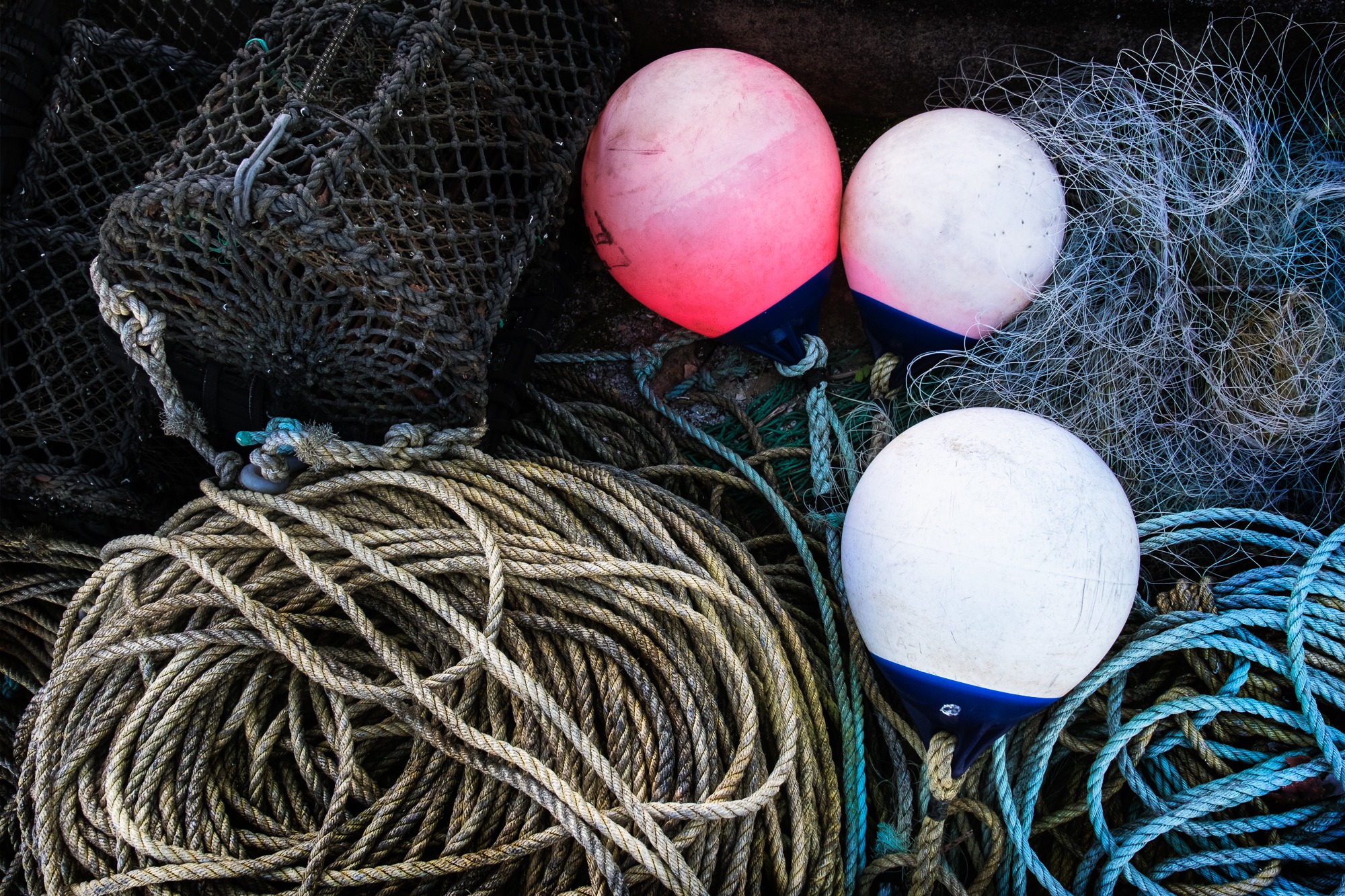
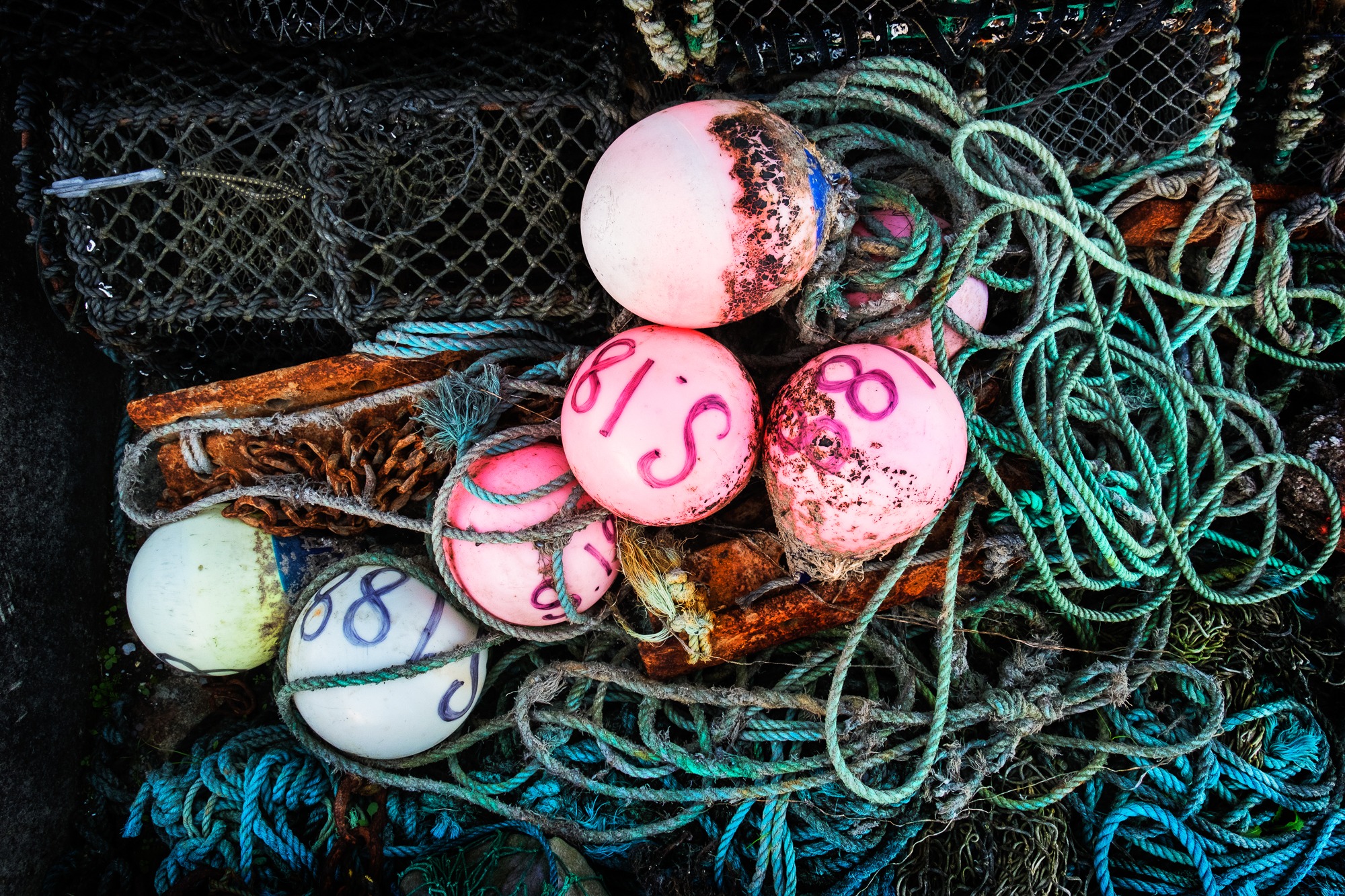
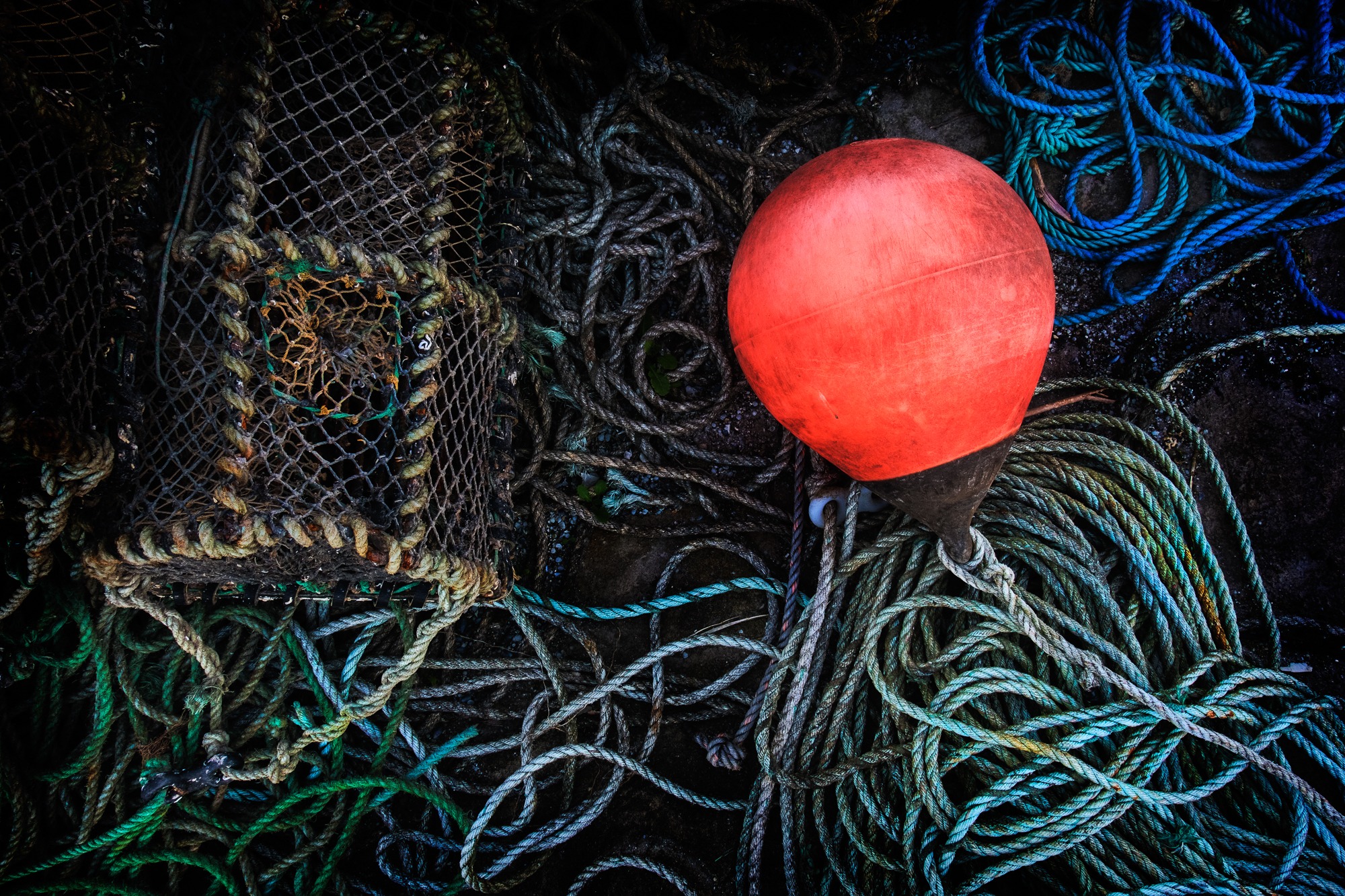
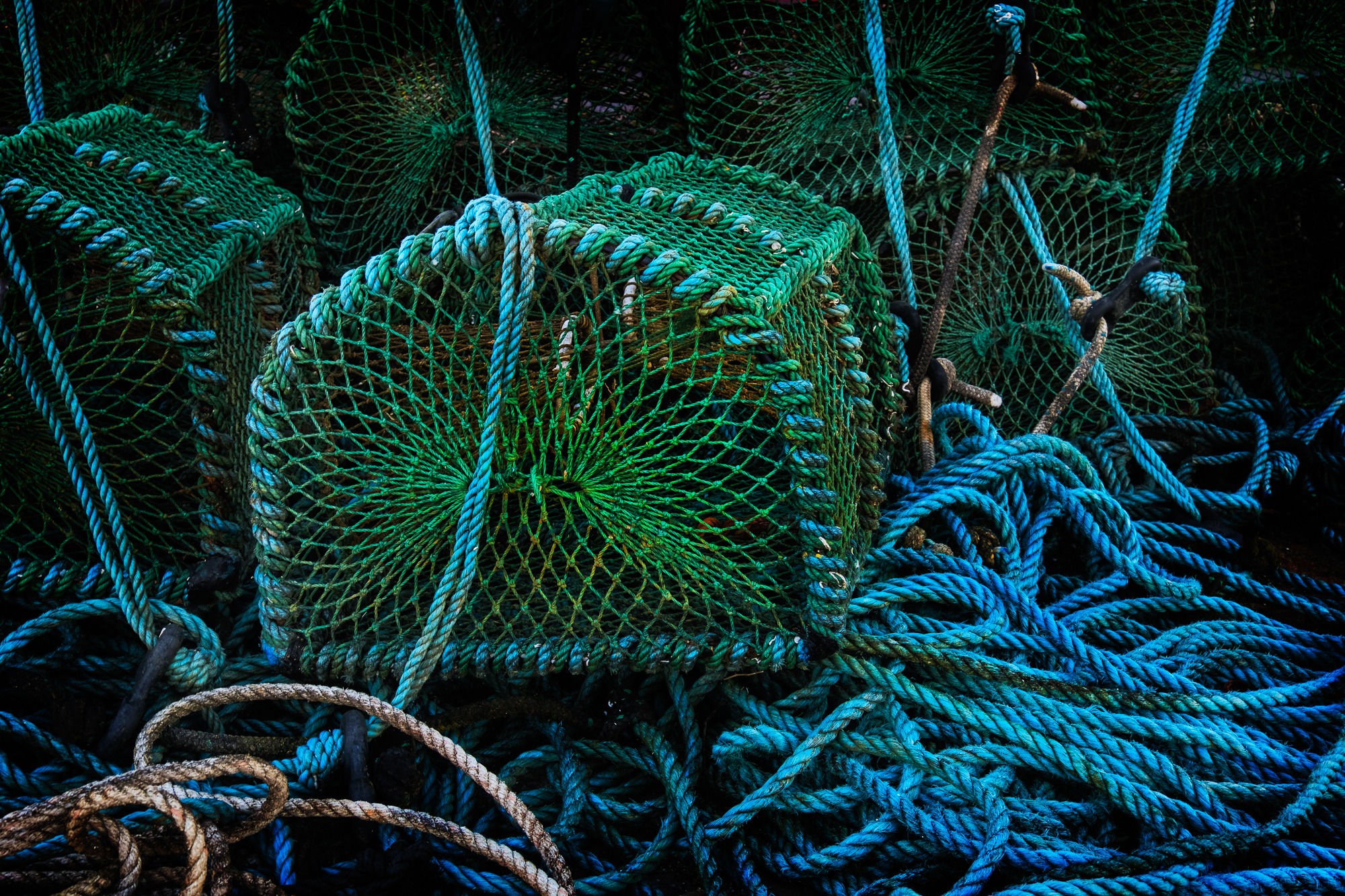
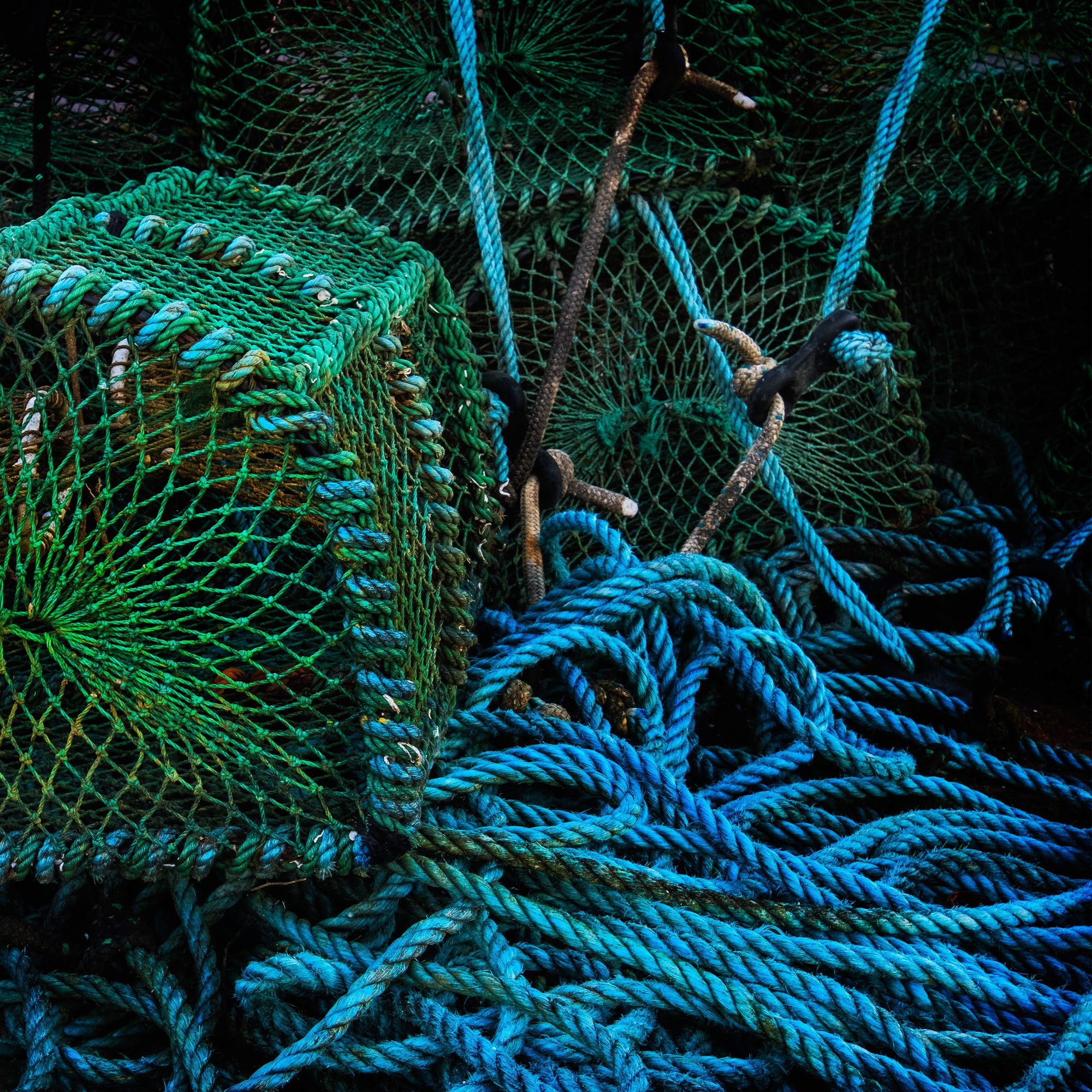
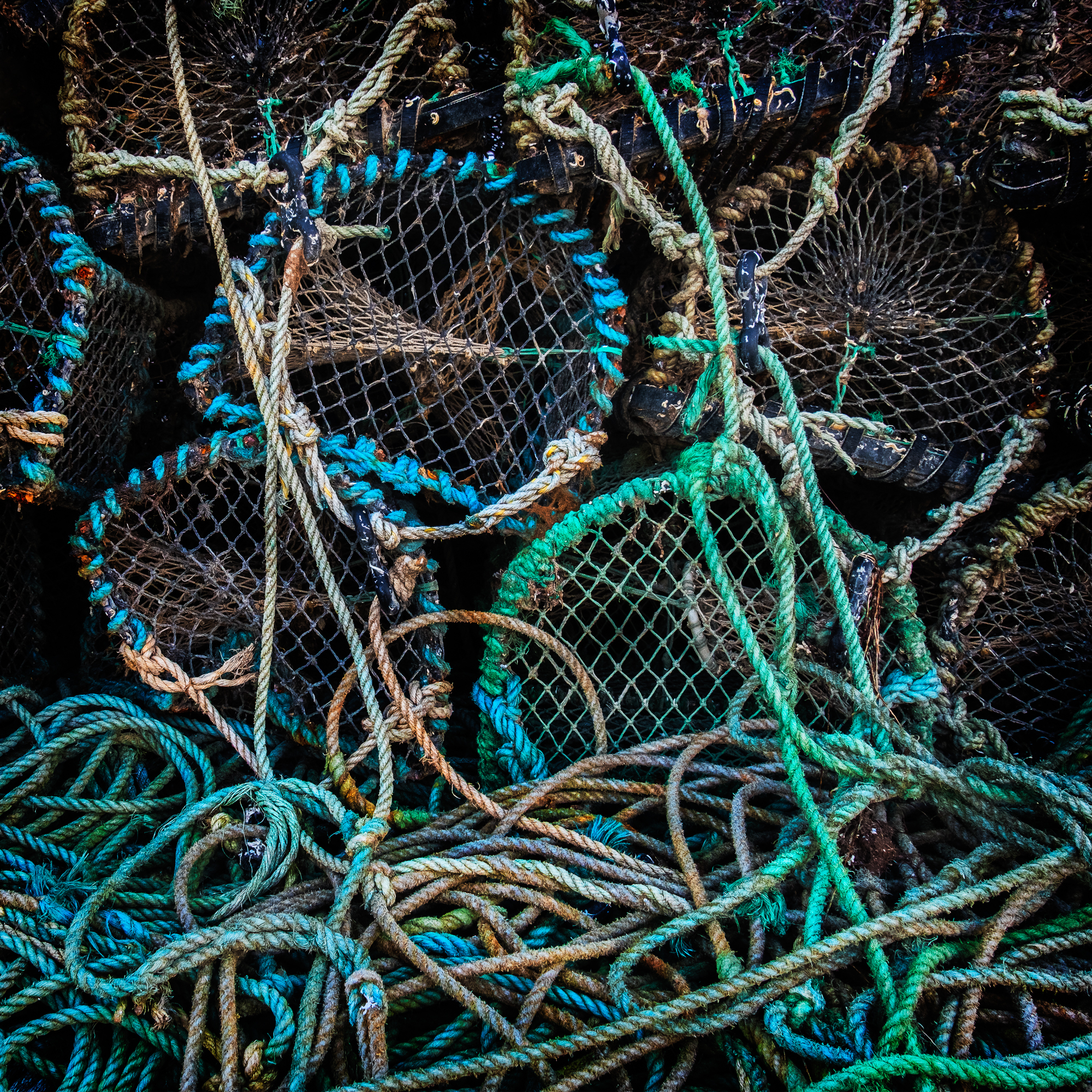
Share this story

